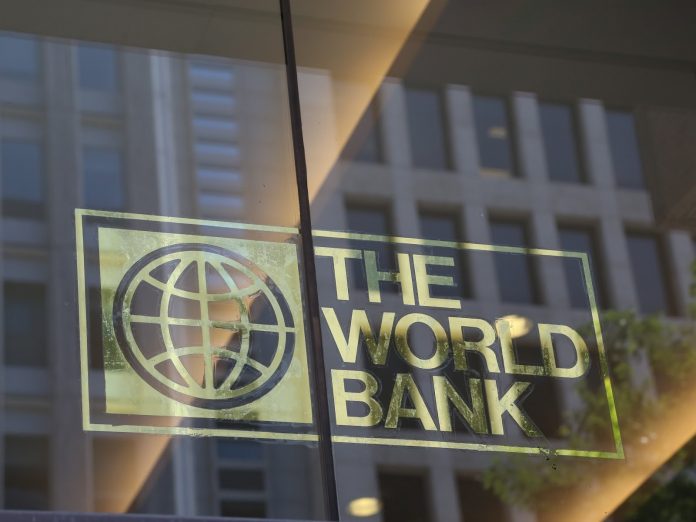ISLAMABAD: The State Bank of Pakistan (SBP), World Bank (WB) and the government have presented different figures on gross domestic product (GDP) growth.
While SBP has predicted the real GDP growth of the country cautiously, which may witness an increase in the range of 1.5 per cent to 2.5 per cent in fiscal year 2021 amid uncertainties of Covid-19 and its impact on economic activities, the World Bank, in its report titled “Global Economic Prospects (GEP) 2021” stated that Pakistan’s economic growth rate for the current fiscal year is forecast to remain subdued at 0.5 per cent due to continued fiscal consolidation pressures and service sector weakness.
On the other hand, the government has set a GDP growth target of 2.1 per cent for the current fiscal year.
According to the central bank, Pakistan’s external account showed signs of stabilisation in Q1-FY21 as the country managed to contain the initial domestic spread of Covid-19 and economic activities resumed from July onwards – helped by a significant easing in both the monetary and fiscal policy stances.
The SBP released its quarterly report on the Pakistan’s economy for the fiscal year 2020-21 on Tuesday last. As per the report, the external sector continued to navigate the Covid crisis smoothly as Pakistan’s current account (CA) posted a surplus of US$ 0.8 billion in the first quarter of FY21 after a lapse of 21 quarters. The surplus was largely attributed to a noticeable increase in workers’ remittances, low oil prices and a sharp fall in services imports, which more than offset the deterioration in the merchandise trade balance during the review period.
Whereas, on a yearly basis, the weak fiscal position was largely attributable to higher interest payments and provincial development spending, as well as a sharp decline in non-tax revenues. As a result, the stock of public debt ticked up further during the quarter; nonetheless, the pace of public debt accumulation was considerably contained compared to Q1-FY20, primarily due to the lower volume of incremental government deposits with the banking system.
In its first quarterly report for the FY21, the central bank noticed that as a result of ease in lockdowns, fiscal indicators began to revert to their pre-coronavirus trends during 1QFY21 and the government partially regained the consolidation momentum of the first three-quarters of FY20 and recorded a healthy primary surplus compared to a deficit recorded in the preceding quarter.
Nonetheless, compared to the same period last year, the primary surplus recorded in Q1-FY21 was 9.9 per cent lower due to a steep fall in non-tax revenues and a sharp rise in development spending of the provincial governments. Additional strain to fiscal accounts came from a 29.8 per cent growth in interest expenses as bulky coupon payments for longer tenor instruments as well for 12-month instruments fell due. As a result, the overall fiscal deficit recorded almost 70 per cent growth in 1QFY21 over last year.
To note, for FY21, the government has set the fiscal deficit target at 7 per cent of GDP, lower than the actual deficit last year (8.1 per cent). Whereas, for the primary deficit, the government has set a target of 0.5 per cent of GDP compared to the actual deficit of 1.8 per cent last year.
State Bank, World Bank, and government differ on GDP growth rate

Must Read
Publicly stating defence chiefs’ official chain-of-command deemed violation of Official Secrets...
Publicly stating the official chain-of-command of the three chiefs of the defence services is now a violation of the Official Secrets Act, a closer...


































